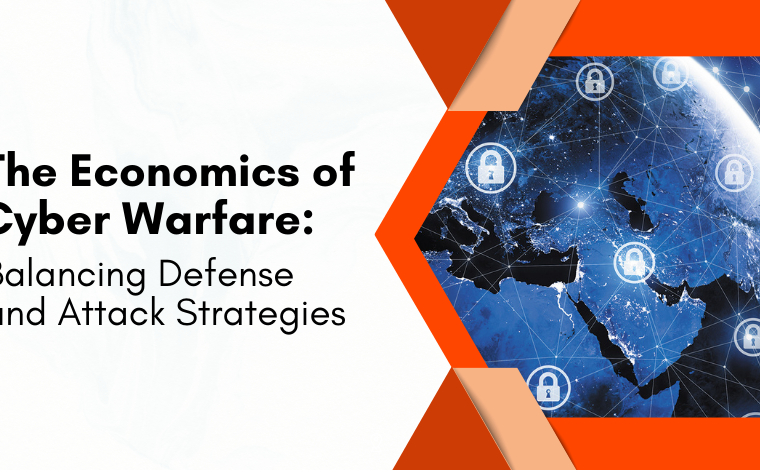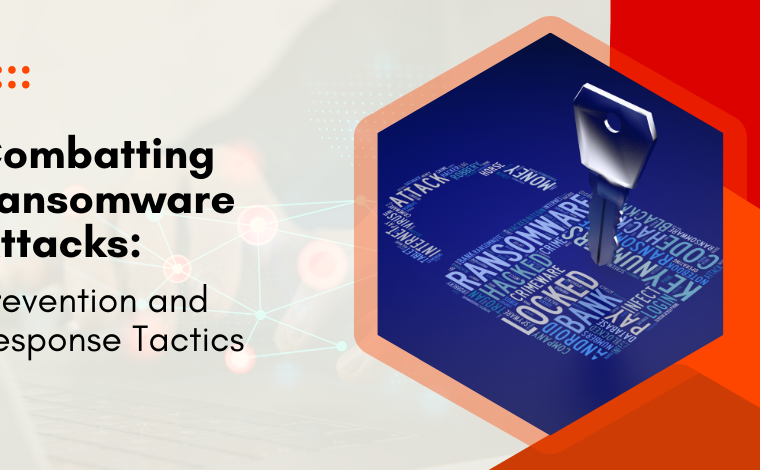Exploring the Top Cybersecurity Verticals: A Comprehensive Guide

Stay Informed With Our Weekly Newsletter
Receive crucial updates on the ever-evolving landscape of technology and innovation.
In today’s digital age, cybersecurity has become a paramount concern for individuals, businesses, and governments around the world.
With the rapid advancements in technology, the need for comprehensive cybersecurity measures is more crucial than ever before.
This comprehensive guide aims to explore the top cybersecurity verticals, providing insights into their importance, key trends, and career opportunities.
Understanding the concept of cybersecurity verticals

Cybersecurity verticals refer to specific industries or sectors that require specialized security measures to protect their digital assets.
These verticals recognize the unique challenges and vulnerabilities they face and implement tailored solutions accordingly.
Understanding the concept of cybersecurity verticals is essential in order to grasp the significance of their role in safeguarding sensitive information.
When delving into the realm of cybersecurity verticals, it is important to acknowledge the dynamic nature of cyber threats.
The landscape of cybersecurity is constantly evolving, with threat actors becoming increasingly sophisticated in their methods of attack.
This necessitates a proactive approach from organizations within different verticals to stay ahead of potential security breaches.
The importance of cybersecurity in today’s digital age
In today’s interconnected world, where data breaches and cyber attacks have become commonplace, the importance of cybersecurity cannot be overstated.
Cyber attacks can have severe consequences, including financial losses, reputational damage, and compromise of personal and confidential information.
Cybersecurity plays a pivotal role in mitigating these risks, ensuring the confidentiality, integrity, and availability of digital assets.
Furthermore, the proliferation of Internet of Things (IoT) devices and cloud computing has expanded the attack surface for cybercriminals.
Around 45% of data breaches result from cloud attacks. With 72% of organizations shifting towards cloud-based technology, robust cybersecurity measures are even more critical to prevent breaches.
As organizations continue to digitize their operations and embrace emerging technologies, the need for comprehensive cybersecurity strategies becomes increasingly paramount.
Defining cybersecurity verticals
Cybersecurity verticals encompass various industries that have unique security requirements due to the nature of their operations and the sensitivity of the data they handle.
These verticals include finance, healthcare, retail, and telecommunications. Each vertical faces specific challenges and adopts different approaches to combat cyber threats.
Within the finance sector, for instance, the focus is often on protecting financial transactions and customer data from cyber attacks such as phishing and ransomware.
Healthcare verticals, on the other hand, prioritize safeguarding patient records and medical information to ensure privacy and compliance with regulatory standards.
Understanding the nuances of each cybersecurity vertical is crucial for developing targeted security measures that address industry-specific risks.
Delving into the top cybersecurity verticals

The financial services sector and cybersecurity
The financial services sector is a prime target for cybercriminals due to the valuable financial data it possesses.
Banks, payment processors, and other financial institutions must employ stringent security measures to protect against unauthorized access, fraud, and data breaches.
Encryption, secure transaction protocols, and robust user authentication are key components of cybersecurity in financial services.
The role of cybersecurity in healthcare
With the digitization of medical records and advancements in telemedicine, the healthcare industry is increasingly vulnerable to cyber-attacks.
Protecting patient data from theft or tampering is crucial to maintaining patients’ trust and ensuring the integrity of medical diagnoses and treatments.
In addition, medical devices and hospital networks need to be secured to prevent potential disruptions to patient care.
Cybersecurity in the retail industry
The retail industry faces unique cybersecurity challenges, such as point-of-sale attacks and data breaches.
Retailers must implement strong payment card security measures, including PCI DSS compliance and encryption technologies, to protect customer payment information.
In addition, they must safeguard their e-commerce platforms and customer login credentials to prevent unauthorized access and theft of personal data.
The importance of cybersecurity in the telecommunications sector
The telecommunications sector serves as the backbone of modern communication systems, making it a prime target for cyber attacks.
Protecting critical infrastructure and sensitive communication networks is vital to prevent disruption of services and potential compromise of national security.
Robust firewalls, intrusion detection systems, and regular security audits are essential in defending against cyber threats in this sector.
The future of cybersecurity verticals
Predicted trends in cybersecurity verticals
The cybersecurity landscape is constantly evolving, and staying ahead of emerging threats is crucial in protecting digital assets.
Predicted trends in cybersecurity verticals include advancements in artificial intelligence for threat detection and response, increased focus on cloud security, and enhanced collaboration between public and private sectors to combat cyber threats.
The impact of emerging technologies on cybersecurity
The rapid adoption of emerging technologies, such as the Internet of Things (IoT), blockchain, and artificial intelligence, introduces new cybersecurity challenges.
For instance, securing interconnected IoT devices and preventing unauthorized access to blockchain networks require innovative security solutions.
Cybersecurity professionals in all verticals must adapt to these emerging technologies to ensure robust protection against cyber threats.
Building a career in cybersecurity verticals

Essential skills for a career in cybersecurity
A career in cybersecurity requires a unique skill set, including proficiency in ethical hacking, network security, incident response, and risk management.
Strong analytical skills, attention to detail, and the ability to think critically are essential.
Additionally, staying updated on the latest cyber threats and trends through continuous learning and certifications is key to success in this field.
You can gain practical experience and the knowledge base you need by enrolling in the Institute of Data’s Cybersecurity program.
Exploring job roles in different cybersecurity verticals
There are various job roles in different cybersecurity verticals, each with its own set of responsibilities and requirements.
These roles include cybersecurity analysts, penetration testers, security architects, and security consultants.
Exploring these job roles can help individuals determine the best fit for their skills and interests within the dynamic and growing field of cybersecurity.
Conclusion
Cybersecurity will continue to play a pivotal role across industries as technology advances and cyber threats become more sophisticated.
The evolving landscape of cybersecurity verticals demands constant vigilance, innovation, and collaboration to stay one step ahead of cybercriminals.
Organizations must invest in comprehensive cybersecurity measures to ensure the safety and integrity of their digital assets.
Improve your knowledge and cybersecurity skill set by exploring the Institute of Data’s specialized Cybersecurity program.
Alternatively, we invite you to book a free career consultation with a member of our team to discuss the program further.




